Throughout History Bungotakada has grown until becoming the most attractive city of the Kunisaki Peninsula. Therefore it cannot be overlooked if one is planning a trip to the Oita prefecture of Kyushu island. In this rural city things have remained unchanged for thousands of years. Luxuriant nature and a respectful lifestyle persist inside this extraordinary environment. Tourists are still rare and yet, Bungotakada has amazing landscapes both inland among the rice fields and seaside with its stunning bay.
Tashibunoshou, A World Heritage Scenery
About 1300 years ago, The lands of Tashibunoshou‘s were Usa sanctuary properties. At that time the monks used the environment which is naturally suited to agriculture to grow rice in an unique shape. Through this process the landscape was shaped and has remained almost unchanged since.
In 2010, in order to shine light upon the outstanding features of Tashibunoshou, the region was designated as one of Japan Important Cultural Landscapes. A further three years later these endless rice fields received a second distinction. The area was labeled as a Ingenious system of World Agricultural Heritage. This title praises the traditional agricultural systems based on know-how and local traditions that ensure food security for some group of people threatened with extinction.
A Stunning view of Tashibunoshou’s rice fields from the Yuhi Kan-non Observatory
To get a great panoramic view over Tashibunoshou, you will have to climb up to the Yuhi Kan-non observatory (Kan-non twilight). Unfortunately getting to the access path was a bit complicated, and my taxi driver had to ask for directions from a local farmer. After we left the main road for a more countryside one, following the signs labeled 夕日観音 (Yuhi Kan-non) we finally arrived and parked along a bamboo forest. Then, a few meters further we discovered the observatory entrance.
We took a quite mysterious path which led to the heart of the forest. Some few hundred steps further we came upon a crossroad. On the right the summit awaited us with its incredible view over Tashinobushou. We did not regret the effort. How could anyone not be dazzled by these golden rice fields that seemed to extend into infinity?
Seasonal Landscapes and Festivals
When visiting Tashinobushou, its best to choose well during which season you would like to come. In September just before the harvesting, the rice fields are all golden as in these pictures. Beautiful red flowers, called Higanbana in Japanese, or lycoris radiata in latin, bloom when as autumn approaches and add more colors to the rice fields.
Festivals around Tashibunoshou Rice Fields
On the second Sunday of October, a festival is organized for the rice harvest. On that occasion, it is possible to dress up in a traditional ancient costume and help the local farmers at work. Another festival is also held on the second Sunday of June, this time planting rice. Again help is welcome! June is the perfect time to watch clouds of fireflies fluttering in the fields, so its a good time to visit. Finally, according to my taxi driver, between November and December Christmas illuminations are set up in the fields. Every evening from 7 to 9 pm Tashibunoshou shines through the night.
Visiting Fuki-ji temple, the Oldest Wooden Building in Kyushu
From Yuhi Kan-Non observatory a ten-minute drive leads to the National Treasure known as Fuki-ji temple. Built in 718, Fukiji temple belongs to Tendai buddhism. The temple is a quiet and peaceful place whose building are considered to be the oldest wooden building in the whole of Kyushu island. Entrance to the temple costs 300 yen.
In the main building, we are unfortunately not able to see any ceremonies, and furthermore pictures are not allowed. On the other hand it is possible to enter it to pay a visit. Inside you will surely admire the statue of Amitabha, a Buddha to whom the temple is dedicated and who sits in the middle of four pillars. Official ceremonies are held in the second building, in which pictures are allowed.
Nagasakibana Bay
Back to the car to continue we continue onto the next destination at the end of the Kunisaki Peninsula, Nagasakibana. A 20-minutes drive through winding mountain roads is necessary to get there, but as soon as I caught that first glimpse of the ocean behind the last late-September-blooming sunflowers field, I knew it was worth it. Nagasakibana is a villa which draws inspiration from French Brittania, with its own artificial beach.
From here a path behind the sunflowers field leads us to the Iro iro iro observatory. The observatory promises an incredible view over the Nagasakibana resort village and its artificial beach.
Unfortunately for me there were no more sunflowers, as they had already been cut. In summer time (July and August) there are more than 80 thousand blooming sunflowers to be observed all around the observatory. After that, in March and April, the rapeseeds that cover the plains take there turn to enhance the scenery. All of these flowers gave the location its nickname “Hana no Misaki”, or the flowers cape.
Perfect Place for Relaxing in Oita, Between the Beach and the Turquoise Water
Back on the main road, after a two minute stroll over to the parking site we finally get to have a closer look at the beautiful and huge beach. On the day of my visit I was lucky to have the whole beach area to myself! well, except for two fishermen in the distance on a large stone jetty.
Thanks to its clear and turquoise water, the Nagasakibana artificial beach is the perfect place to spend the day with friends, family, or for a romantic getaway. Located not far from the parking area there are also many facilities available. You will find toilets, coffee and snack bars and also some souvenir shops.
Nagasakibana’s Sea Caves, the Feeling of French Brittany in Japan
Nagasakibana is also famous for its sea caves found on the Northwestern side of the area. From the parking area, walk North into the Peninsula for about 5 to 10 minutes. Then, explore the surroundings to find the stairs or the path that lead down to the rocky coast and its numerous points of view. Take care on the steep paths. If you feel a bit lost in the area, do not hesitate to ask for help at the coffee place.
One of the staircases brings us to the mystical Gyoja cave, and its tiny shrine nestled in the rocks.
How to Get There?
No buses run between these different touristic spots. Thus you have two options.
First, you could rent a car in or around Oita airport, then do the 20 minutes-drive to Tashibunoshou. Alternatively, you could ride a taxi from Usa station or Showa no Machi station. Usually, taxi drivers can also act as a guide, provided you are able to communicate in Japanese. My trip with my taxi driver cost me 17, 000 yen (149 US dollars). It is also possible to negotiate a set price in advance, depending on the time, season, and the number of spots you would like to visit.
Sponsored by Tourism Oita
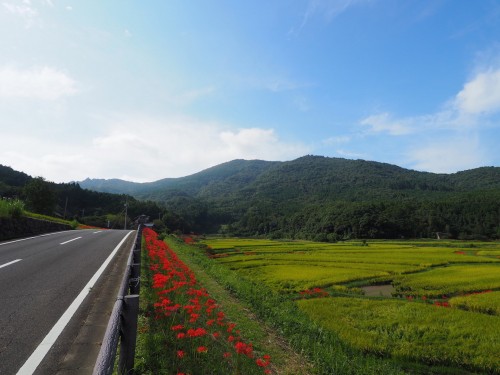
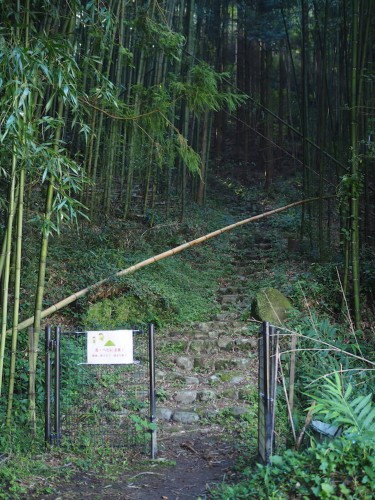
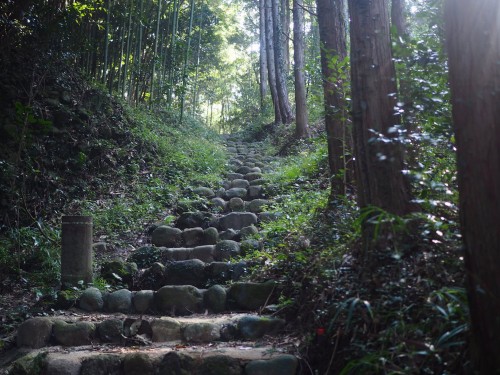
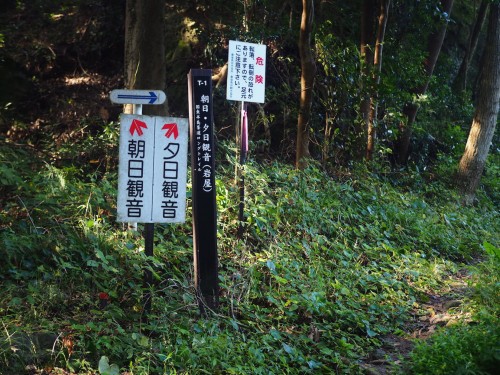
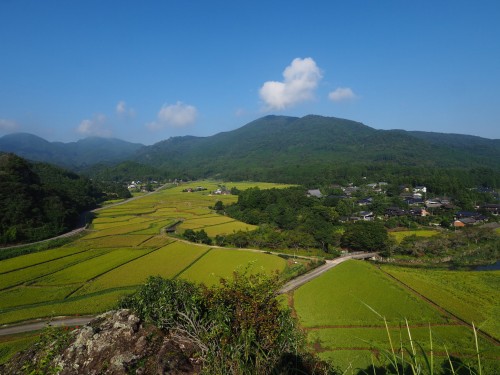
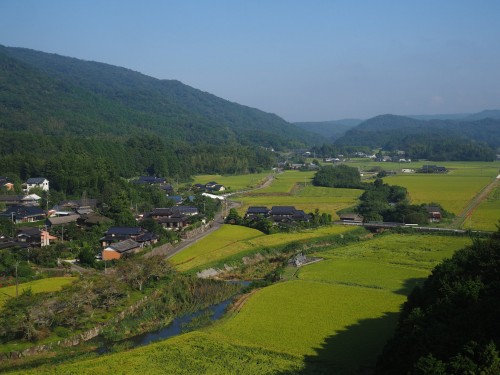
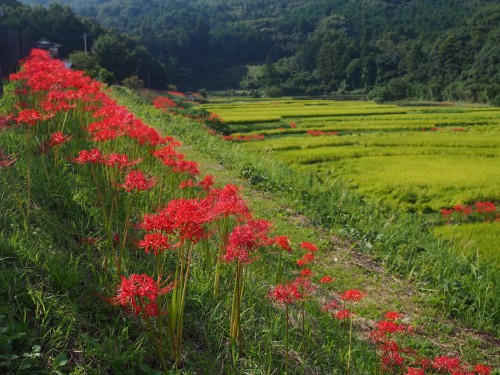
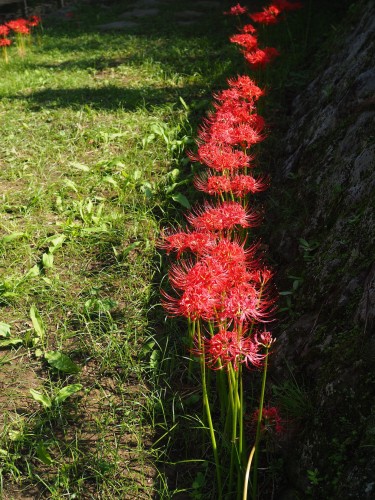
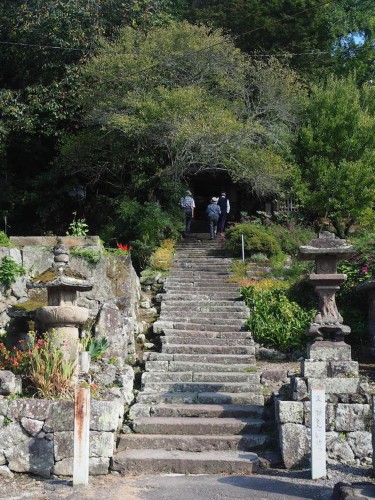
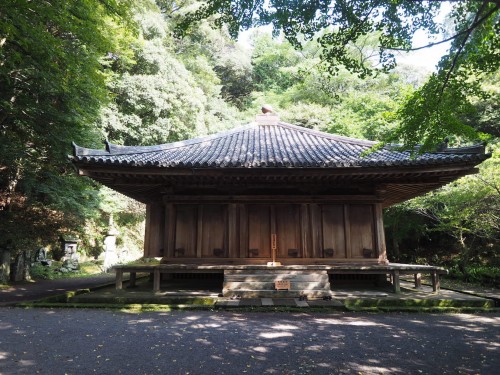
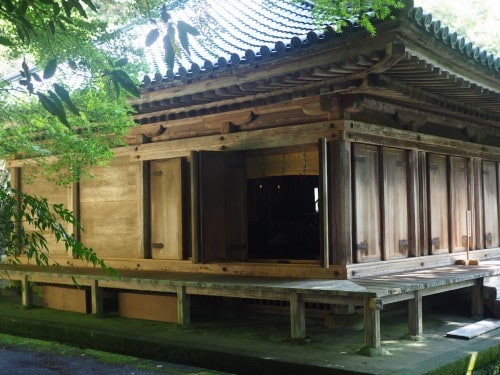
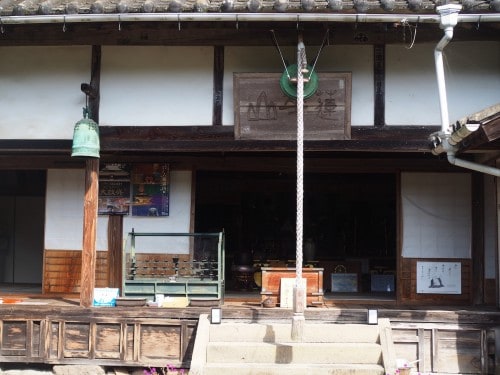
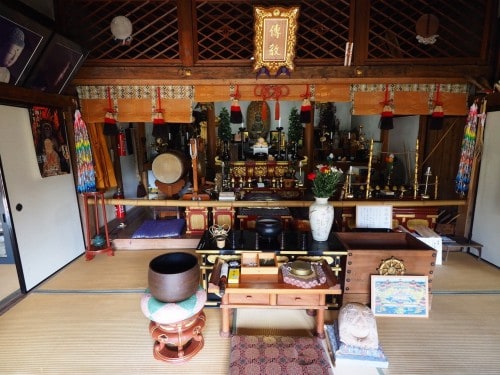
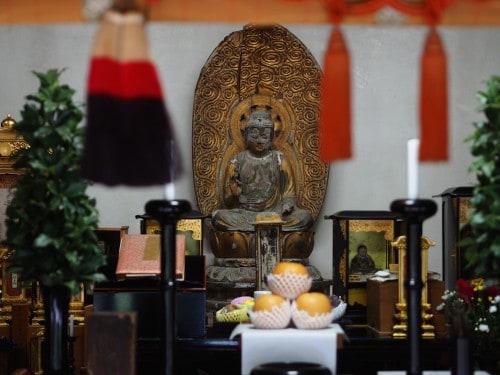
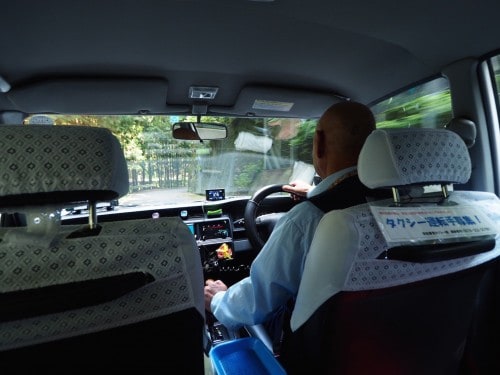
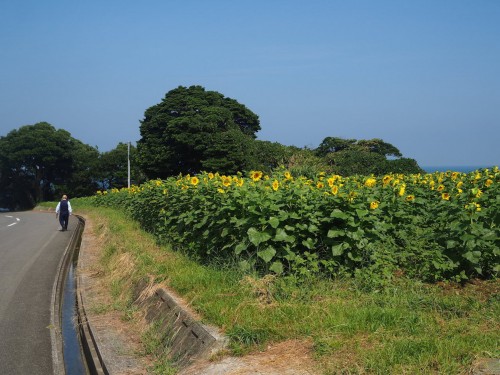
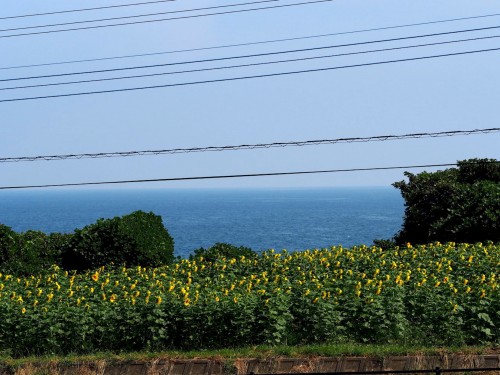
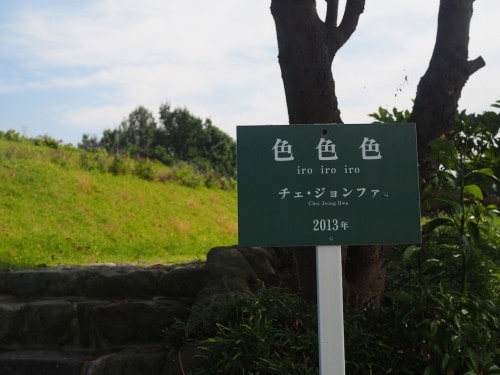
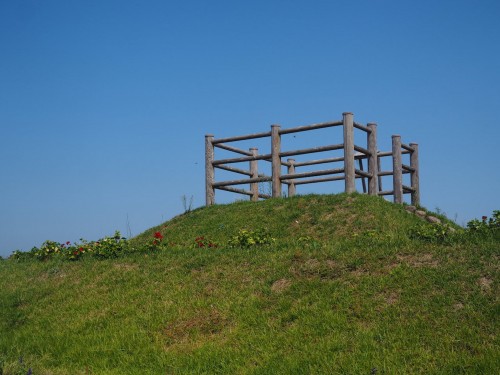
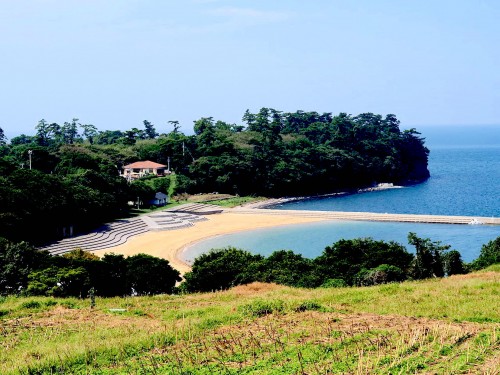
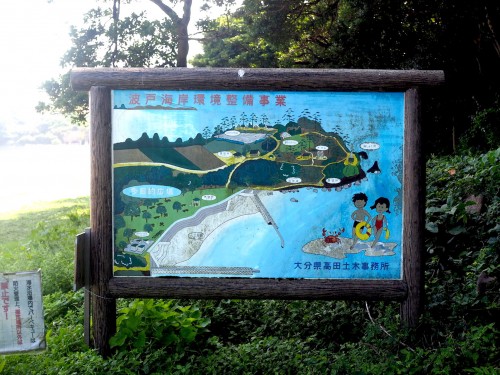
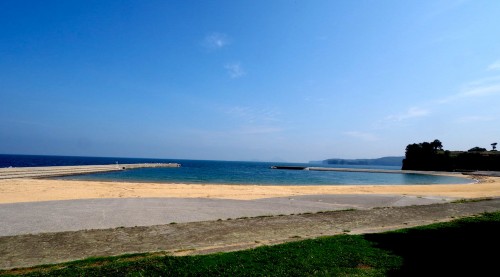
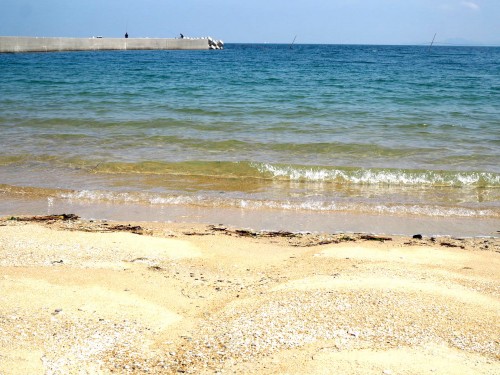
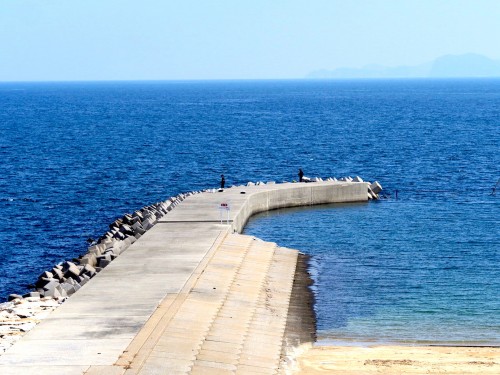
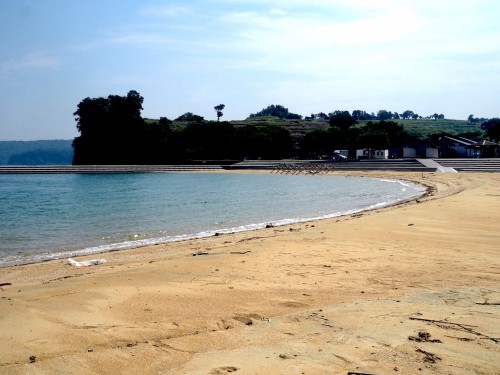
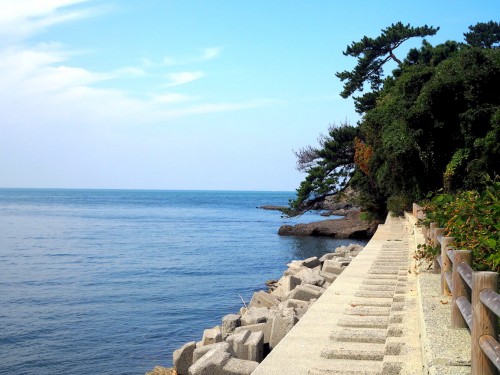

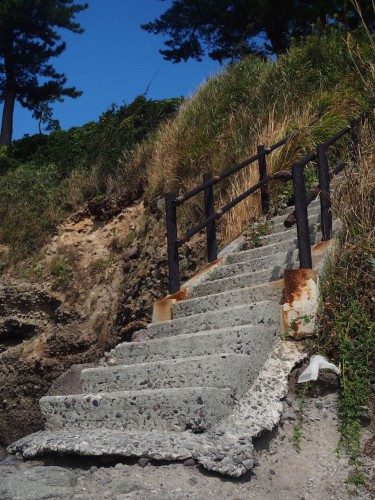
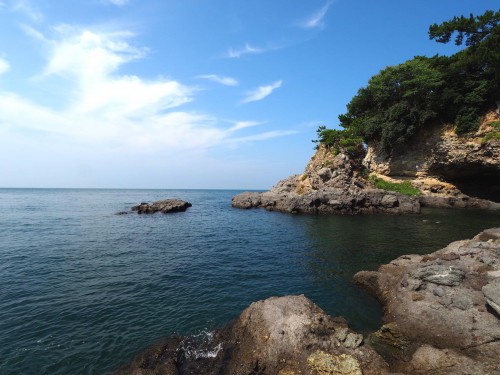
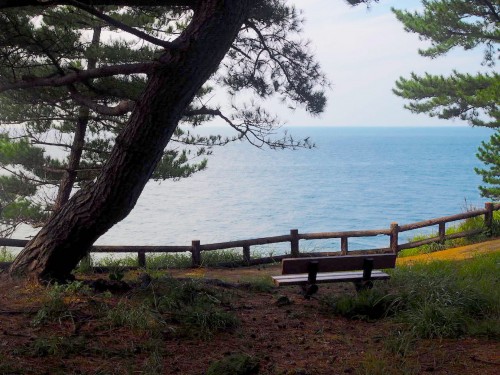
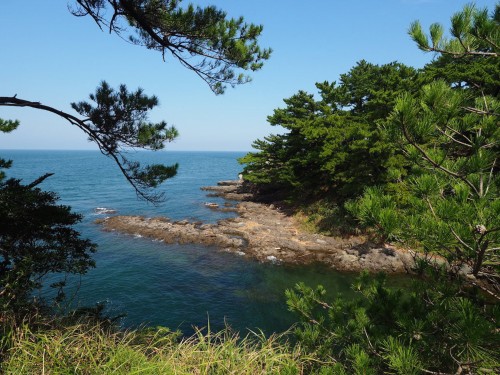
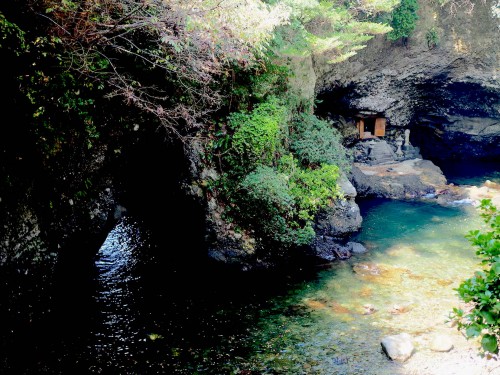
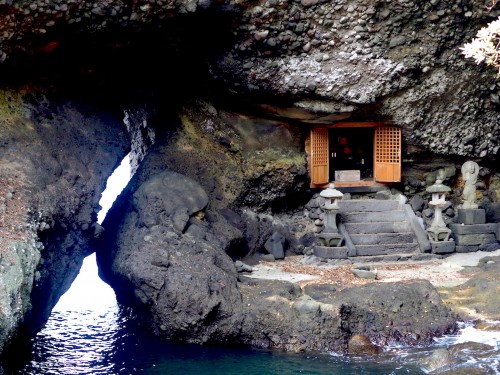
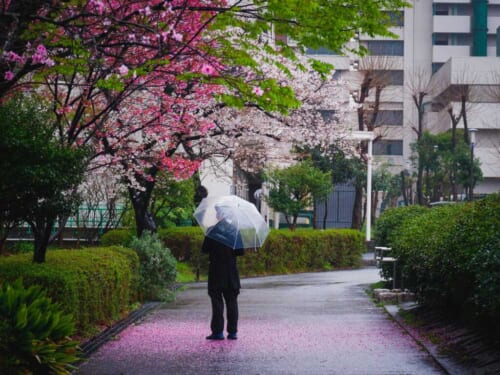
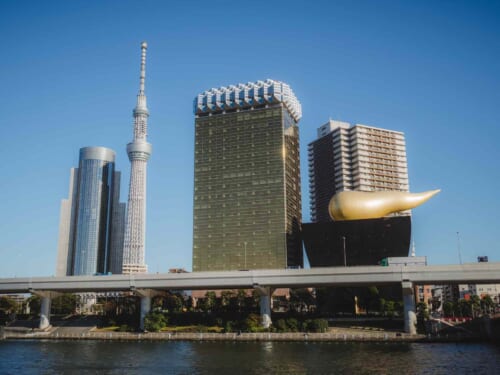

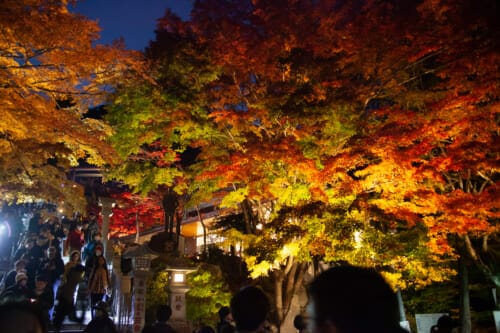
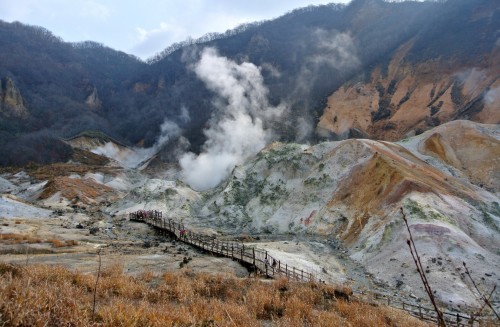
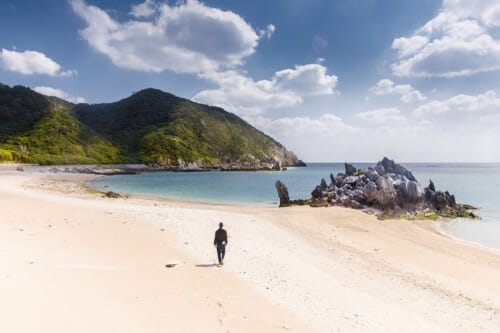
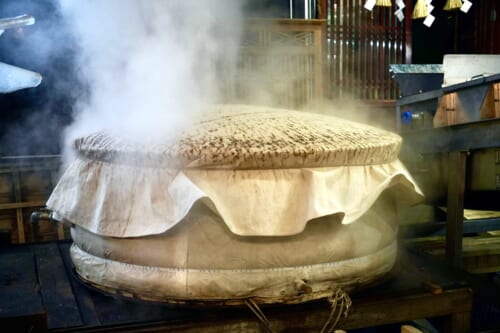
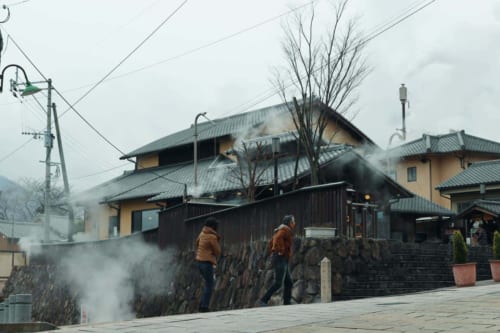
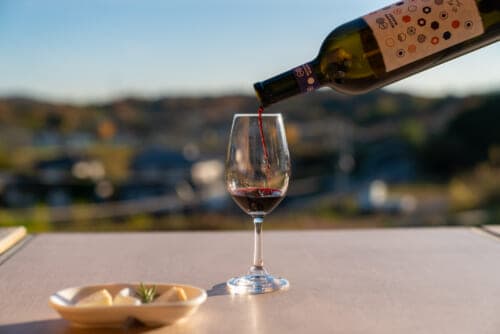
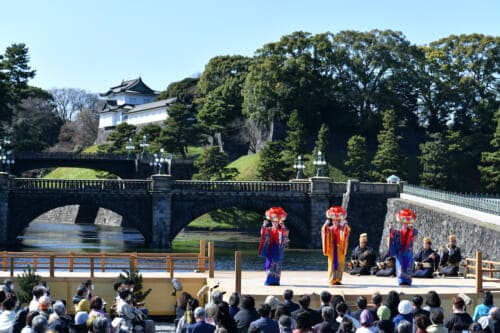
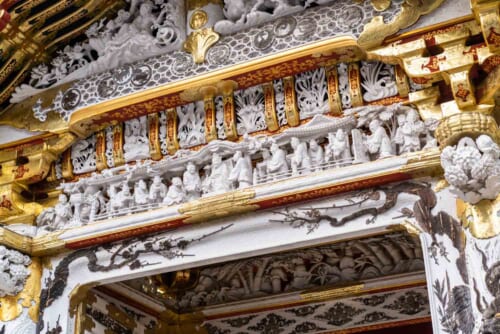


No Comments yet!